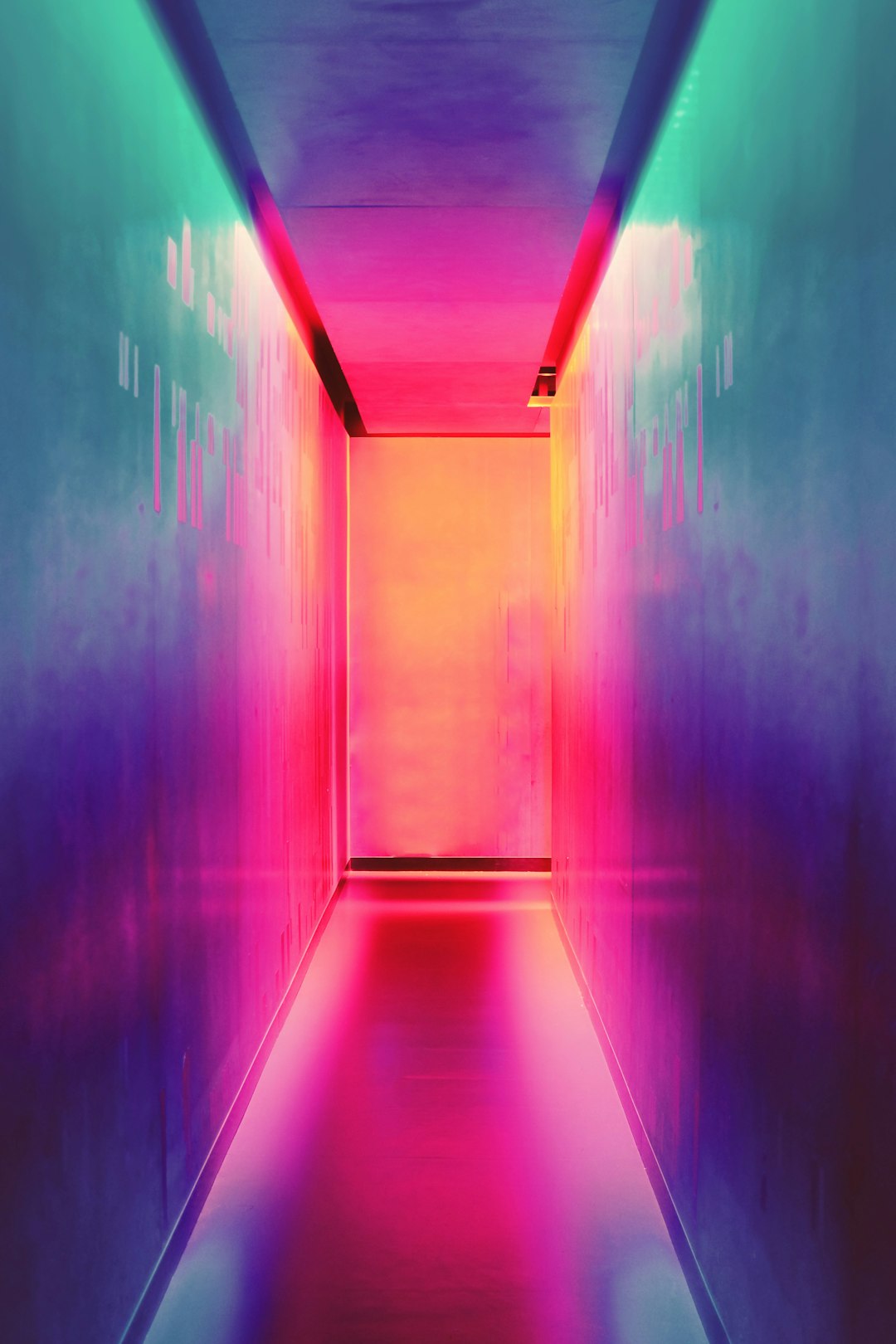Quilting is not just about sewing pieces of fabric together; it is an art that involves creativity, precision, and a keen eye for color selection. When it comes to quilting, the colors you choose can have a significant impact on the overall look and feel of your quilt. Understanding the psychology behind choosing quilting colors can help you create visually stunning and emotionally captivating quilts.
The Influence of Color
Color has the power to evoke emotions, set moods, and convey messages. Different colors can have different psychological effects on individuals. For example, warm colors like red, orange, and yellow are known to create a sense of warmth and energy, while cool colors like blue, green, and purple can evoke feelings of calmness and tranquility.
Harmony and Contrast
When selecting colors for your quilting project, it's essential to consider both harmony and contrast. Harmony involves choosing colors that are next to each other on the color wheel, creating a sense of cohesion and unity. On the other hand, contrast involves pairing colors that are opposite each other on the color wheel, creating visual interest and excitement.
The Role of Culture
Cultural influences play a significant role in color preferences. Different cultures have unique interpretations and associations with colors. For example, while white is often associated with purity and innocence in Western cultures, it symbolizes mourning and death in some Eastern cultures. Understanding cultural perspectives on colors can help you create quilts that resonate with a diverse audience.
Emotional Impact
Colors have the power to evoke specific emotions and feelings. For instance, red is often associated with passion and energy, while blue is linked to calmness and serenity. By strategically incorporating different colors into your quilting projects, you can create pieces that evoke a wide range of emotions and connect with viewers on a deeper level.
Color Symbolism
Colors are often symbolic and can carry different meanings depending on the context. For example, green is commonly associated with nature and growth, making it a popular choice for themes related to renewal and rejuvenation. By understanding the symbolic meanings of colors, you can infuse deeper layers of meaning into your quilting designs.
The Psychology of Pattern
In addition to color, the patterns you choose for your quilts can also impact the overall aesthetic appeal. Geometric patterns may convey a sense of order and structure, while floral patterns can evoke feelings of beauty and femininity. By combining colors and patterns thoughtfully, you can create quilts that tell a story and engage the senses.
Personal Preference
At the end of the day, color selection in quilting is a matter of personal preference. While understanding color theory and psychology can guide your choices, ultimately, it is essential to trust your instincts and choose colors that resonate with you personally. Your quilts are a reflection of your creativity and individuality.
Experimentation and Exploration
Don't be afraid to step outside your comfort zone and experiment with unusual color combinations. Quilting is an art form that thrives on innovation and creativity. By exploring new color palettes and pushing the boundaries of traditional quilting norms, you can discover unique and captivating color schemes that set your quilts apart.
Seeking Inspiration
If you're feeling stuck or uninspired when it comes to choosing quilting colors, don't hesitate to seek inspiration from the world around you. Nature, art, fashion, and everyday objects can all serve as sources of color inspiration. Pay attention to how colors interact in different contexts and use that insight to inform your quilting projects.
Expressing Individuality
Your choice of quilting colors is a form of self-expression. Whether you prefer bold and vibrant hues or soft pastels, your color choices can convey your personality, emotions, and aesthetic sensibilities. Embrace your unique style and use quilting as a medium to showcase your individuality.
Creating Emotional Impact
By harnessing the psychology of color and understanding the emotional resonance of different hues, you can create quilts that not only delight the eyes but also touch the heart. Let your intuition guide you as you select colors that speak to you on a visceral level. The quilts you create have the power to evoke emotions, tell stories, and leave a lasting impression on those who view them.
Inspiring Creativity Through Color
The next time you embark on a quilting project, consider the psychology behind choosing colors as a tool to enhance your creative process. By exploring the emotional impact of colors, experimenting with harmony and contrast, and infusing your personal preferences and cultural influences, you can elevate your quilting to a whole new level. Let your colors speak volumes and weave a tapestry of emotions that resonates with all who behold your quilts.

